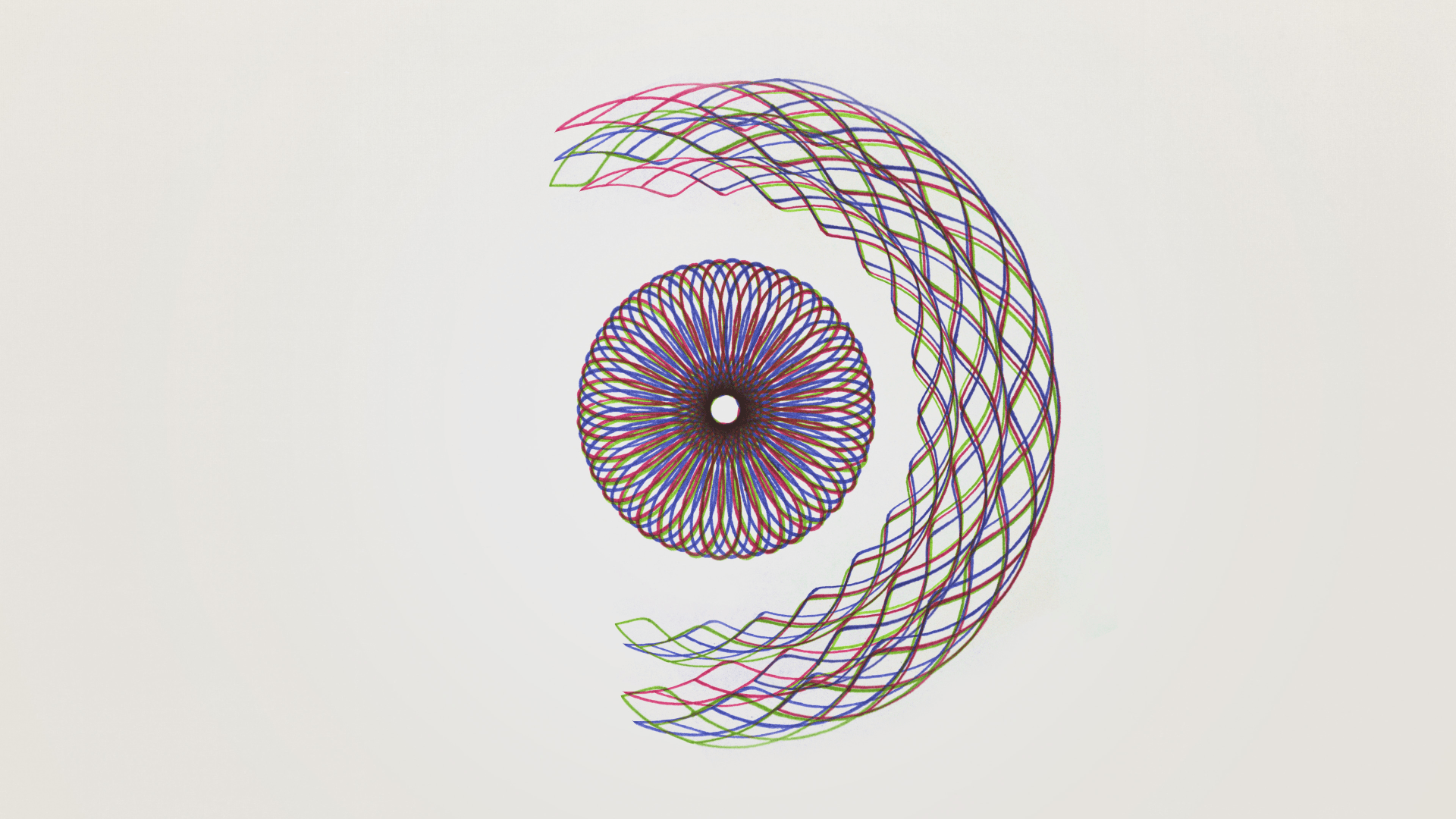配置环境
- 其实不同的.dl适配的情况是不一样的,这里就举一个例子:
- 使用的
.net framework必须要4.8的
- 这种情况,比较好解决,我们直接从官网下载安装相应的版本就好了
import clr
- 在Pythonnet中的,不是我们
pip install clr安装的包
- 我们直接安装
pythonnet, 然后在py文件中直接导入当前这个clr就可以了
- Pycharm中会显示红色,当时不影响正常使用的
实例
import sys
import clr
import h5py
import numpy as np
sys.path.append("C:\\Program Files (x86)\\HEAD ArtemiS SUITE 11.0")
clr.FindAssembly('HEADacoustics.API.Hdf.dll')
from HEADacoustics.API.Hdf import *
class ParseHDFFILE():
def __init__(self, file_path):
self.file_path = file_path
self.license = License.Create()
self.chs = StreamReader.Create(file_path).GetChannels()
self.chs = StreamReader.Create(file_path).ChannelInfo.name # 获取通道名
# 获取每个channel的数据
def get_nth_channel(self):
for cb in self.chs:
n_frames = self.chs[cb].NumberOfSamples # 获取样本数量
data_single = self.chs[cb].GetData(0, n_frames)
data_ = []
# get data
for i in range(0, n_frames, 1):
data_.append(data_single[i])
data_ = np.float64(data_) # 把数据 经float转换类型后,存放到data_中
# 横坐标--时间
time_abscissa = self.chs[0].EquidistantAbscissa
time_ = np.arange(
time_abscissa.FirstValue,
time_abscissa.LastValue + time_abscissa.DeltaValue,
time_abscissa.DeltaValue
)
yield time_, data_
# 把数据转存为可读HDF
def save_hdf(self, time_, data_):
save_file = h5py.File(self.file_path, 'w')
for num in range(self.chs.Length):
save_file['time' + str(num)] = time_
save_file['data' + str(num)] = data_
# 读取HDF文件
def read_hdf(self):
read_file = h5py.File(self.file_path, 'r')
for key in read_file.keys():
print(read_file[key].name)
print(read_file[key].shape)
print(read_file[key].value)
for time, data in ParseHDFFILE("filepath").get_nth_channel():
ParseHDFFILE("filepath").save_hdf(time, data)
ParseHDFFILE("filepath").read_hdf()
处理多个文件
import os
import re
import sys
import clr
import h5py
import numpy as np
from multiprocessing import Pool, cpu_count
sys.path.append("C:\\Program Files (x86)\\Test")
clr.FindAssembly('Test.API.Hdf.dll')
from Test.API.Hdf import *
# save_path = "D_LL\\Test_HDF"
save_path = "Y:\\Info"
class ParseHDFFILE():
def __init__(self, file_path, save_path):
self.license = License.Create()
self.chs = StreamReader.Create(file_path).GetChannels()
# 获取每个channel的数据
def get_nth_channel(self):
for cb in range(self.chs.Length):
channel_name = self.chs[cb].ChannelInfo.Name # 数据名
n_frames = self.chs[cb].NumberOfSamples # 获取样本数量
data_single = self.chs[cb].GetData(0, n_frames)
data_ = []
# get data
for i in range(0, n_frames, 1):
data_.append(data_single[i])
data_ = np.float64(data_) # 把数据 经float转换类型后,存放到data_中
# 横坐标--时间
time_abscissa = self.chs[0].EquidistantAbscissa
time_ = np.arange(
time_abscissa.FirstValue,
time_abscissa.LastValue + time_abscissa.DeltaValue,
time_abscissa.DeltaValue
)
yield channel_name, time_, data_
# 把数据转存为可读HDF
def save_hdf(self, i, filename, channel_name, time_, data_):
try:
save_file = h5py.File(save_path + filename, 'a')
save_file['data' + "_" + channel_name] = data_
if i < 2:
save_file['time'] = time_
except FileExistsError as e:
print(e)
# 读取HDF文件
def read_hdf(self):
read_file = h5py.File(save_path, 'r')
for key in read_file.keys():
print(read_file[key].name, read_file[key].shape, read_file[key].value)
def process_file(current_file_path):
parse_file = ParseHDFFILE(current_file_path, save_path)
filename = re.match(r'Y:\\Info\\(.*\.hdf)', current_file_path).group(1)
print(filename)
i = 1
for channel_name, time, data in parse_file.get_nth_channel():
# 存储数据
parse_file.save_hdf(i, filename, channel_name, time, data)
i += 1
# break
# 读取数据
# parse_file.read_hdf()
def start_process(file_list):
# print(os.getpid(), cpu_count())
pool = Pool(cpu_count())
for current_file_path in file_list:
pool.apply_async(process_file, args=("Y:\\Info\\" + current_file_path,))
pool.close()
pool.join()
# 获取指定路径下的全部文件列表
if __name__ == '__main__':
file_list = os.listdir('Y:\\Info\\')
start_process(file_list)
视图函数
import six
import copy
from pptx import Presentation
def duplicate_slide(pres, index):
"""
从前端获取当
:param pres:
:param index:
:return:
"""
template = pres.slides[3] # 选用的模板(要复制的幻灯片)
blank_slide_layout = pres.slide_layouts[index]
copied_slide = pres.slides.add_slide(blank_slide_layout)
# 修改文本框内容
# copied_slide.shapes[0].text= "title"
# copied_slide.shapes[1].text= "爱仕达所多"
# 添加图片
# left, top, width, height = Inches(0.25), Inches(1.8), Inches(7.7), Inches(4.8)
# pic = prs.slides[3].shapes.add_picture('image/zxt_save_data.jpg', left, top, width, height)
# 填充幻灯片文字信息
for shp in template.shapes:
el = shp.element
newel = copy.deepcopy(el)
copied_slide.shapes._spTree.insert_element_before(newel) # , 'p:extLst'
# 填充幻灯片中的图片
for _, value in six.iteritems(template.part.rels):
if "notesSlide" not in value.reltype:
copied_slide.part.rels.add_relationship(value.reltype, value._target, value.rId)
data = [
{
"item": "base",
"title": "title",
"gear": "F2",
"ac_de": "VZ"
}, {
"item": "base",
"title": "title",
"gear": "F2",
"ac_de": "VS"
}
]
class ParsePPT():
def __init__(self, item):
"""
处理前端的数据
:param item:前端传来的图片的位置信息
"""
pass
def parse_ppt(self):
"""
通过处理后的前端数据,合成规定的报告
:return:
"""
pass
def save_ppt(self):
"""
保存最终的PPT文件
:return:
"""
pass
if __name__ == '__main__':
"""
前端只返回一张幻灯片,一次生成一张,依次添加
{[1,2,3,4]}
# prs = Presentation("PPT/A.pptx")
# duplicate_slide(prs, 0)
# prs.save('zzz.pptx')
"""
"""
1. 接受前端数据
2. 图片放到PPT中
2.1 获取该图片的位置信息
2.2 把图片放置到指定的位置
2.3.1 对于4~6张图片作出区分
2.3.2 不同数量的图片放置逻辑
2.3.4 多出来的图片放置到当前页的下一页(不是整个PPT的最后)
2.3 接受的应该是前端很多个文件,一次性生成所有的幻灯片
3. 一键下载PDF + PPT
3.1 讲前端的PDF,后端的PPT,下载到用户指定的目录(Download)
4. 前后端调试接口
"""





评论区